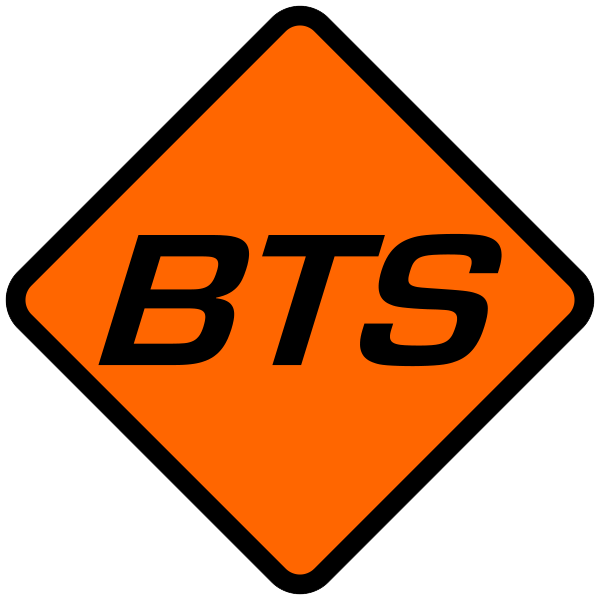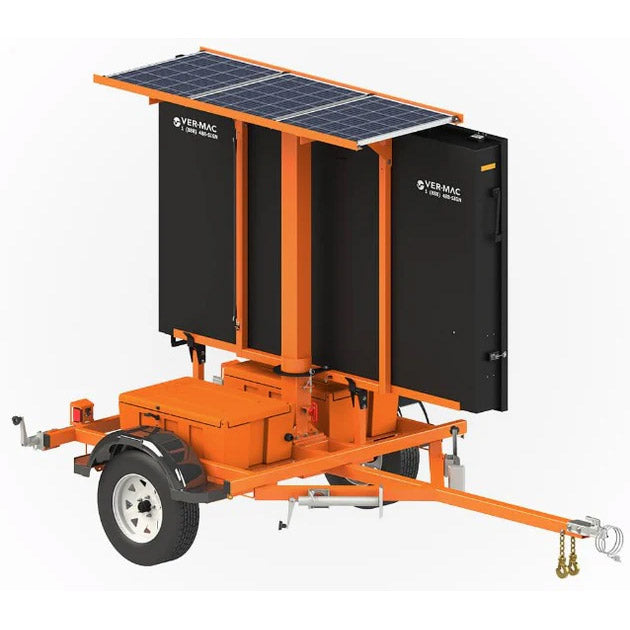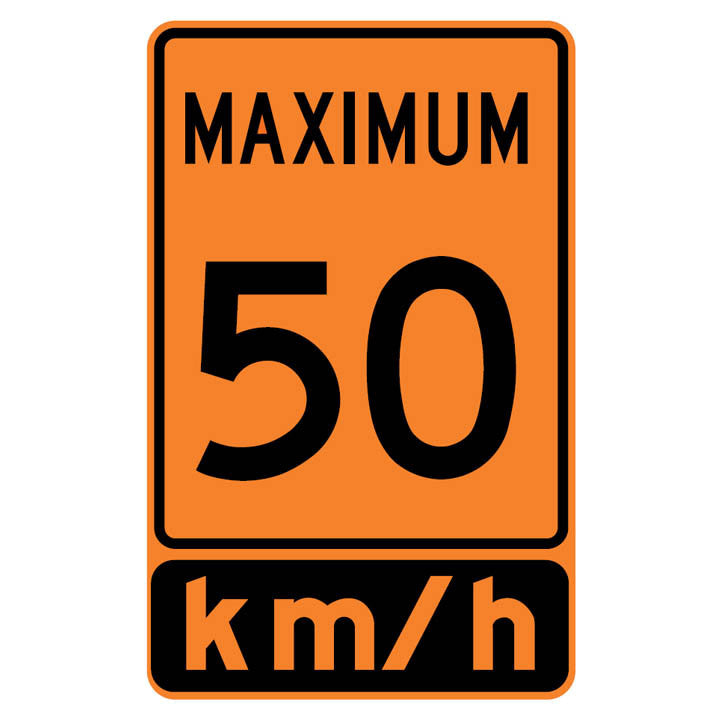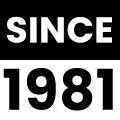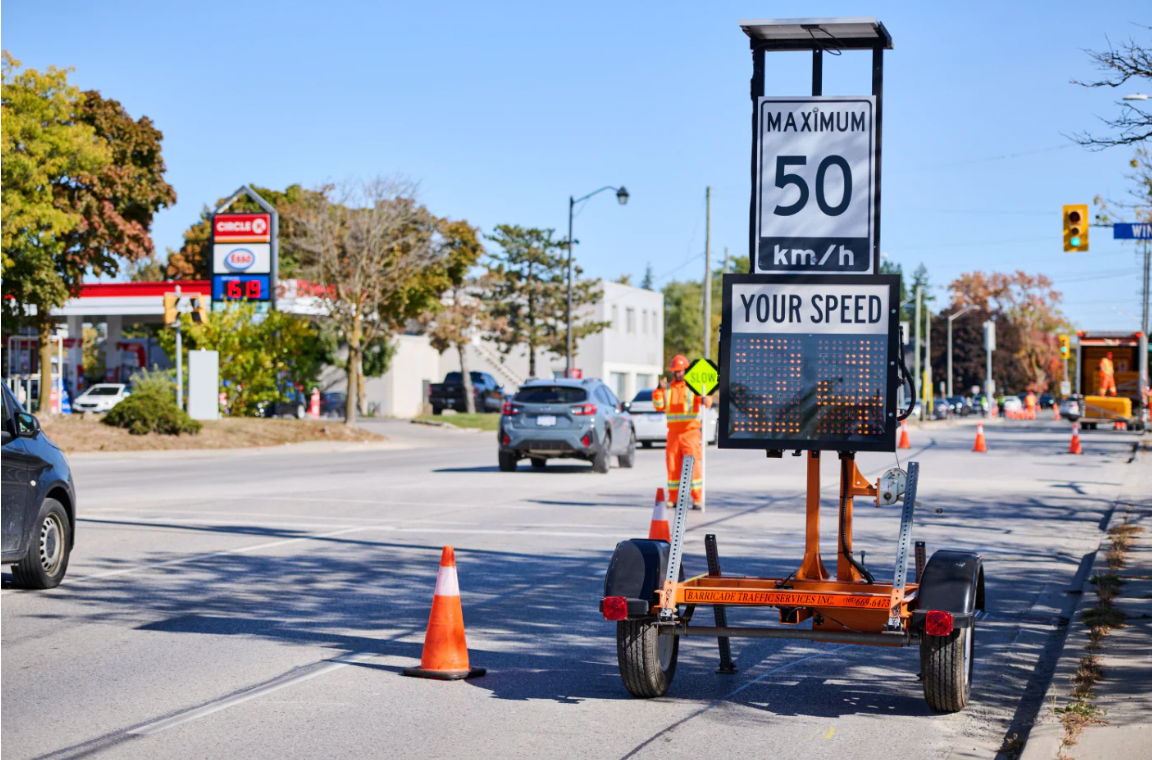
Can a Radar Speed Signs Sign Make You Slow Down?
When you are driving down a busy road or passing through a construction zone, you may notice a large digital display flashing your speed back at you. These are Radar Speed Signs, a form of traffic signage designed to grab attention and influence behavior in real time.
Unlike static construction signs or road construction traffic signs, radar speed signs use a combination of visibility, psychology, and data feedback to encourage drivers to slow down. But can a sign really make you press the brake pedal? The answer lies in human behavior and how our brains react to immediate feedback.
The Science of Instant Feedback

Humans naturally respond to feedback, especially when it is personal. Seeing your exact speed displayed makes it harder to ignore. Traditional construction traffic signs say “Slow Down” or “Speed Limit 40,” but they do not directly engage the driver.
A radar speed sign, on the other hand, shows you your speed in real time. This activates self-awareness. Even if you were not paying close attention to your speedometer, the flashing number makes you instantly realize how fast you are going.
Studies in traffic psychology show that when drivers see their speed reflected back to them, most reduce their speed, especially if the sign flashes or changes color when they are going too fast. The effect is strongest in areas where speeding is unintentional, such as through a work zone or near a school, where drivers may simply not realize how fast they are moving.
Why Radar Speed Signs Work in Construction Zones

Construction areas are among the most dangerous places for speeding. Workers, heavy equipment, and sudden lane shifts make it essential for drivers to slow down. Standard road construction traffic signs provide warnings, but radar speed signs add an extra layer of accountability. By flashing “Your Speed” alongside the posted limit, these devices remind drivers that they are in a zone where speed matters not just for their safety, but for the safety of everyone on site.
The use of radar signs in work zones has been shown to reduce speeding by up to 80% in some studies. Even when drivers do not slow down drastically, the reduction of just a few miles per hour can make the difference between a safe pass and a dangerous collision.
The Role of Human Ego and Competition

Another interesting reason radar speed signs work is human psychology around competition. Drivers often see the display as a challenge. If they are speeding, they do not want to see the number climb too high.
On the other hand, if they are driving at the correct limit, the radar display can feel like a reward. This gamification of driving behavior creates a subconscious motivation to adjust speed without needing an officer or traffic control company enforcing it.
Radar Speed Signs and Long-Term Behavior Change

Critics sometimes argue that radar speed signs only work temporarily. Drivers slow down when they see them but speed up again afterward. While this can happen, research shows that repeated exposure has a long-term effect.
If a driver passes through a work zone or school zone daily and sees their speed displayed, they gradually adjust their habits. Over time, radar speed signs become a behavioral training tool rather than a short-term fix.
The Connection Between Traffic Signage and Driver Responsibility

Traffic signage has always been about guiding drivers—whether it is a parking sign, a detour arrow, or a stop sign. What makes radar speed signs different is that they turn passive instructions into active engagement. Instead of telling drivers what to do, they hold up a mirror, forcing them to acknowledge their own actions. In this way, radar signs highlight the evolving role of traffic signage in modern safety practices.
Radar Speed Signs Beyond Construction Sites

While construction sites are a major use case, radar speed signs also appear in neighborhoods, school zones, and event areas. Their portability and effectiveness make them valuable tools for traffic control companies that want to improve safety in temporary or high-risk locations.
In school areas, they protect children by keeping cars at safer speeds. At concerts or sporting events, they help manage large crowds of vehicles. Even in rural areas, radar speed signs help reduce speeding on long, open stretches of road.
The Future of Traffic Control and Technology

As technology advances, radar speed signs are becoming smarter. Many now come with data recording, allowing traffic control companies and municipalities to track traffic flow, average speeds, and peak times of speeding.
This information can then be used to plan enforcement or redesign road layouts. Some radar speed signs even connect to network systems, giving real-time updates to city traffic managers. This shows how far traffic control has come from the days of simple, static construction signs.
Why Radar Speed Signs Matter

So, can a sign really make you slow down? The answer is yes. Radar speed signs work because they combine the science of instant feedback with the psychology of accountability and competition. They are more than just another piece of traffic signage—they are interactive tools that save lives.
Whether used in construction traffic signs, road construction traffic signs, or community safety programs, radar speed signs change the way we think about driving. By engaging drivers directly, they remind us that safe roads are not just about rules but about awareness and responsibility.
